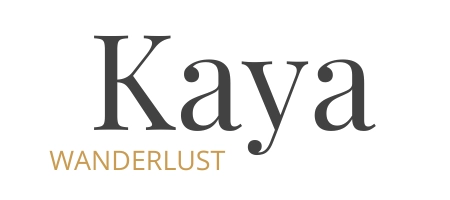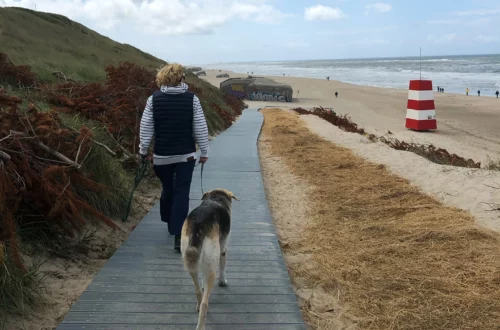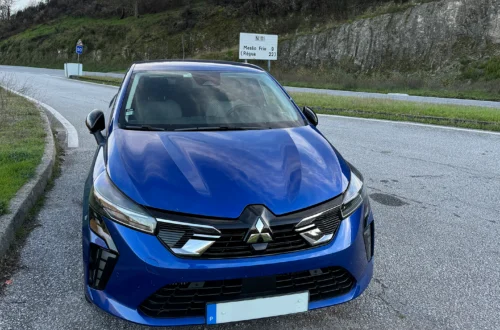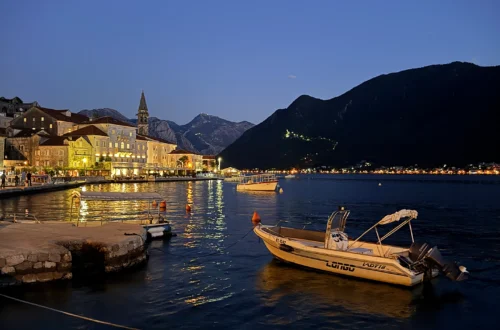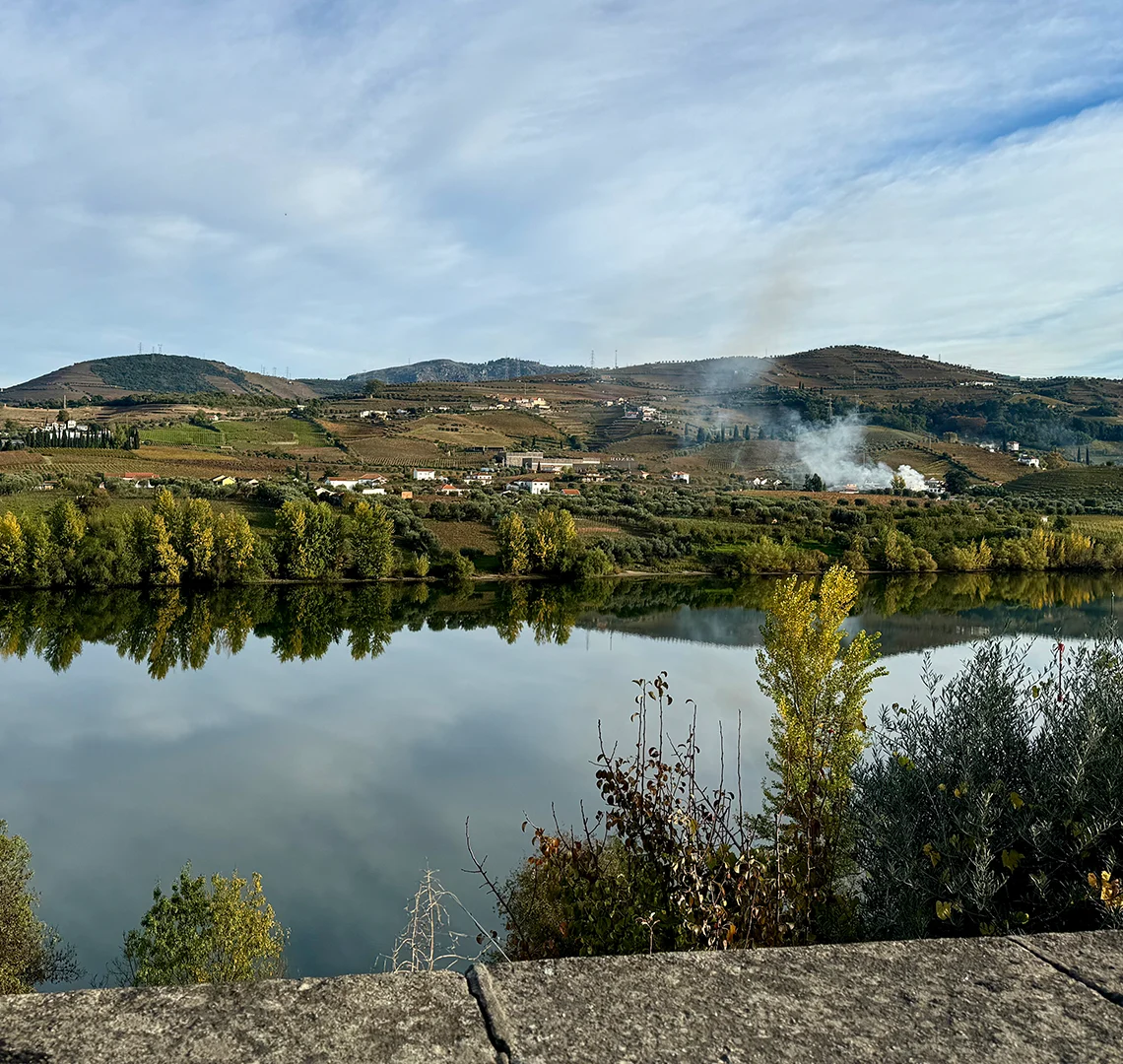
DIY Trip to the Douro Valley – Portugal
The Douro Valley, east of Porto in the north of Portugal, is a well known wine region along the Douro river with many small and bigger vinyards, producing grapes for the famous Port wine and has been recognized as a UNESCO World Heritage Site. There are many tours being offered to visit the region, but if you want a more individual experience here is how to do a DIY trip to the Douro Valley.
This post contains affiliate links to things like tours and hotels. These help me earn a small commission at no additional charge to you. Every affiliate link is marked with a *.
- Where to go in the Douro Valley?
- Douro Museum
- Try Wine
- How to get from Porto to Régua?
- Where to park in Régua?
Where to go in the Douro Valley?
Most tours will go from Porto to Pinhão, which ended up making this small town incredibly tourists and especially in the summer season also incredibly overrun. They have some good spots, but locals have advised against going there, since you pay more for the popularity. Lamego is said to be one of the prettiest towns in Northern Portugal, where the Shrine Nossa Senhora dos Remédios is located. It looks similar to the Sanctuary of Bom Jesus do Monte near Braga, so if you visited or plan to visit that one, you can skip Lamego. In Régua you can find the Douro Museum and it is quite close to Porto while still offering the breathtaking views of the Douro river, which is one of the reasons why I chose to visit.
Douro Museum
This museum is the most extensive of the many museums in the Douro area (when all the exhibits are visible) and gives a good overview about the Douro region, the influence of wine on the region, it’s culture and history.
Since the Douro valley claims to be the oldest regulated wine region in the wold, the history of the wine region goes back centuries. From growing vines, the different types of grapes and how to identify them, over the production of wine and the transportation along the river, every aspect of the influence of wine on the region in covered. Some exhibits show old factory equipment and how wine bottles changed over the decades, others the agricultural utensils used in wine planting, harvesting and processing of grapes.
One wall of the museum is covered with wine bottles, dating back to the early 1800s. It also shows a map which wines are drunk most often in which regions of the world.
After the exhibitions you can visit a wine bar overlooking the Douro river, where you can try a wine of your choice, included in your ticket. I went for Port Wine, since that is the most popular one from the region.
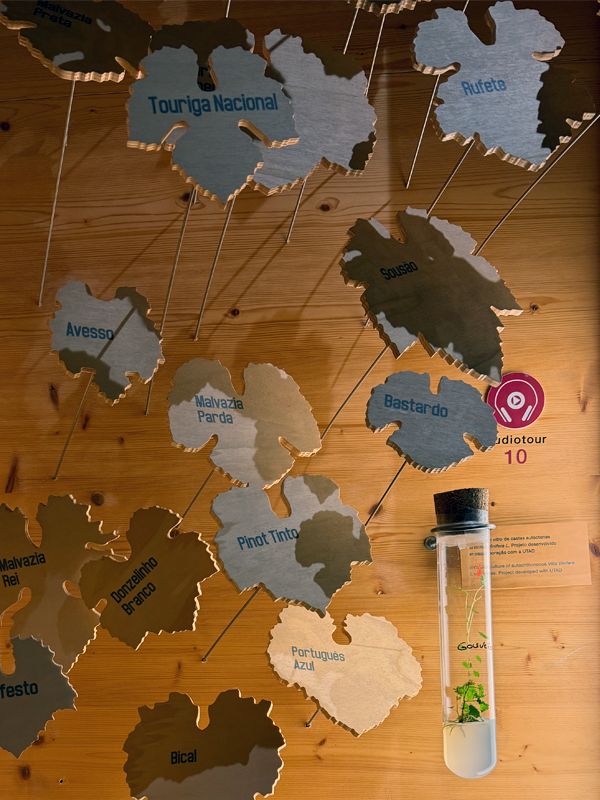
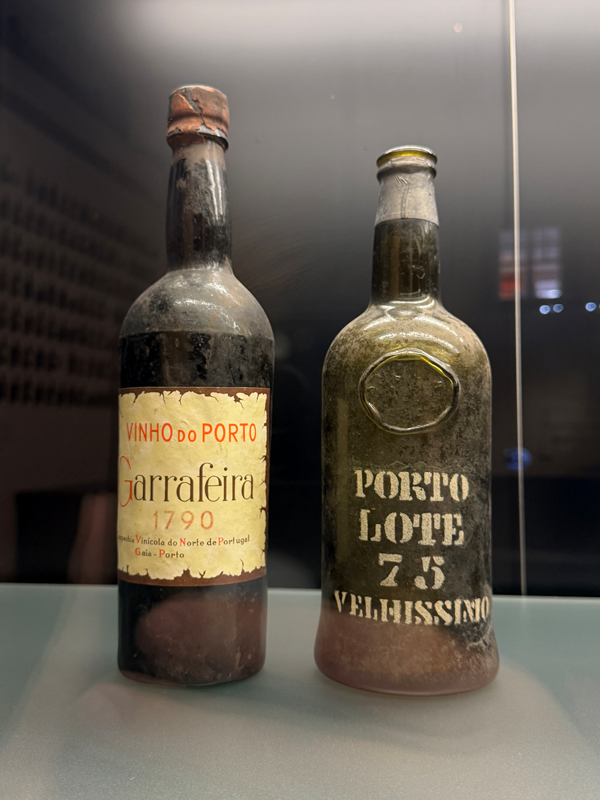
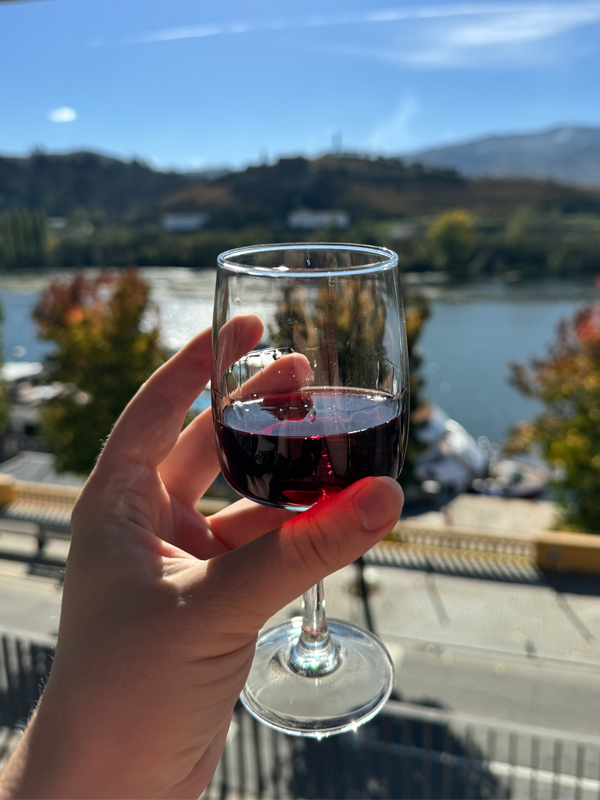
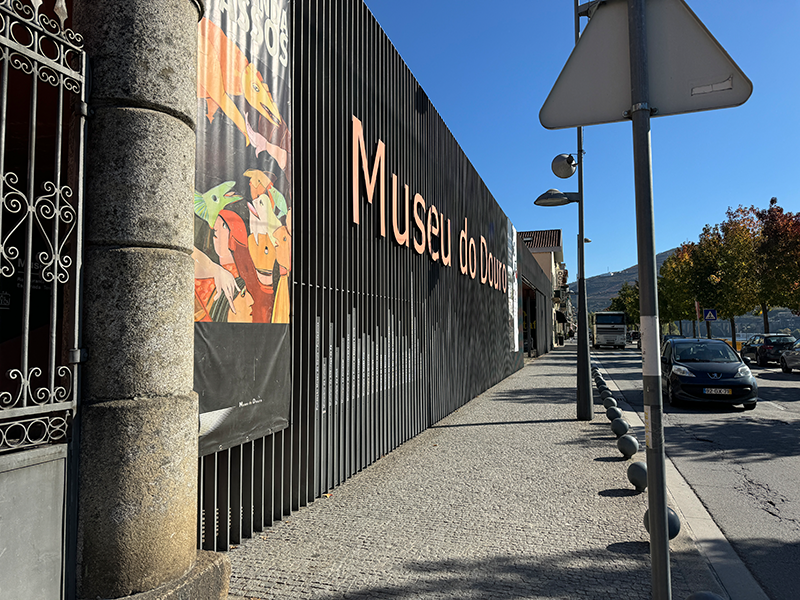
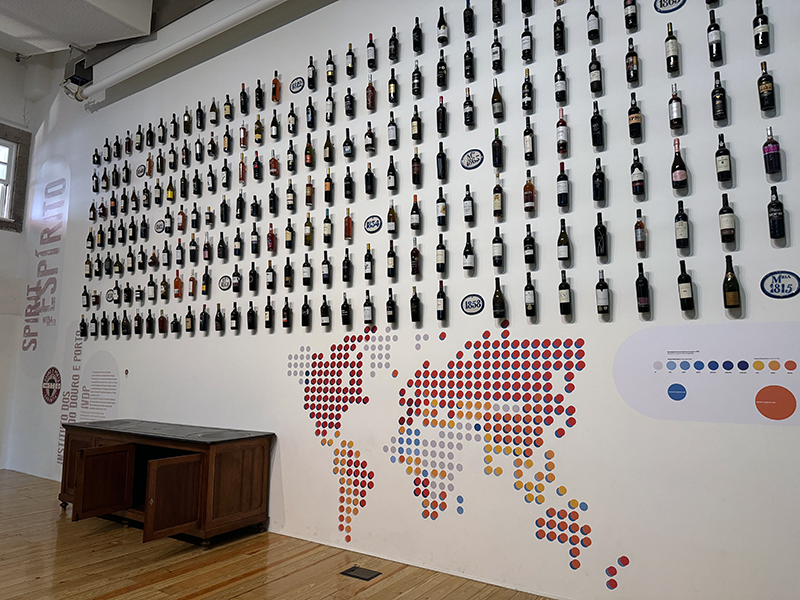
Wine and dine at Aneto & Table
For lunch I picked Aneto & Table. This small restaurant is located in the old railway station of Régua and was originally established to promote the Aneto wine brand. Their concept is that every main dish is paired with a wine that supposedly works perfectly with it. You can deviate from their choice, or go with the menu. I went with the salmon and white wine pairing for the main course and a starter with duck on sourdough with broiled cheese. They brought the wine out with the starter on request, since I didn’t want to drink more.
Aneto Wines
The Aneto wines come from different vineyards, depending on the grapes used in production: white grapes, red grapes and pinot noir vineyards. Both the white grapes and the red grapes are grown in the Douro valley.
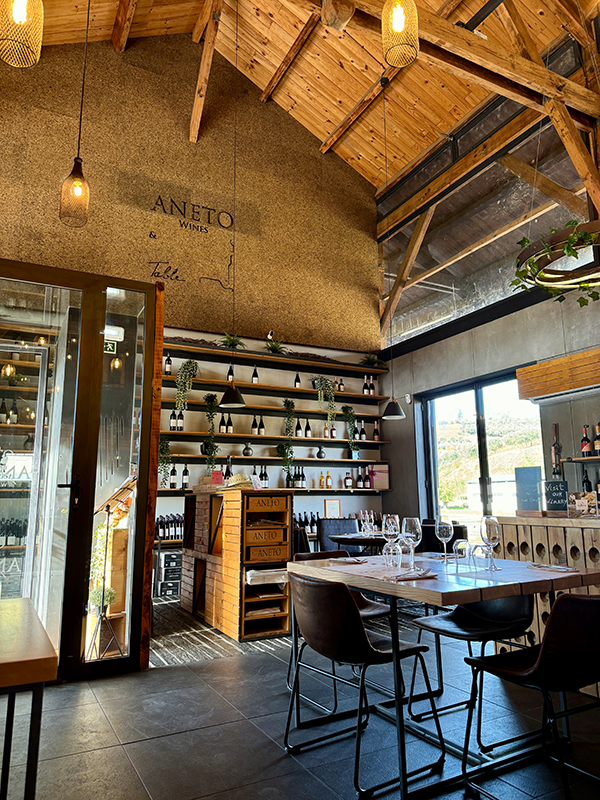
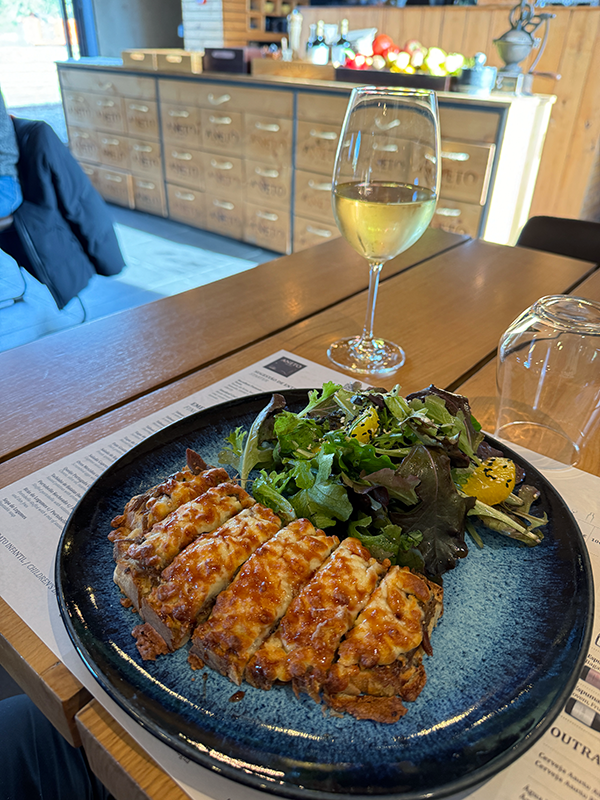
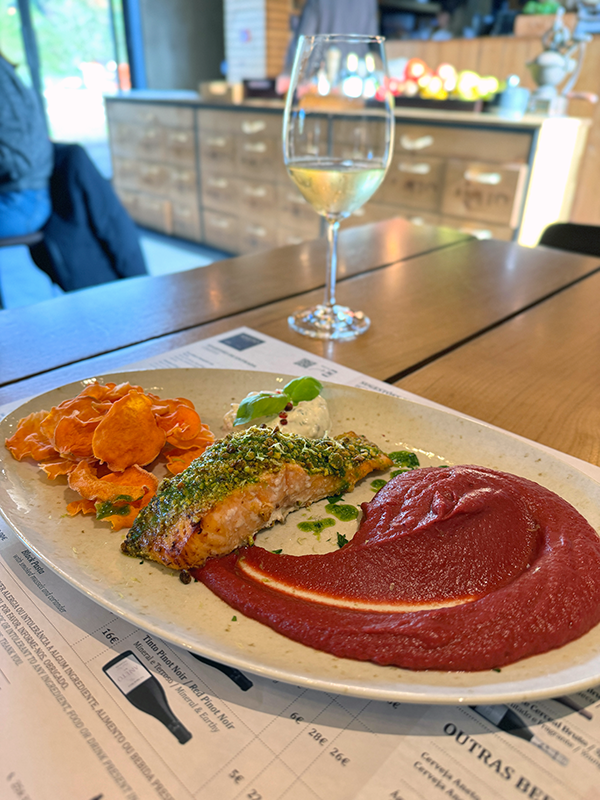
View of the Douro
After lunch I spent about an hour walking along the Douro riverbank, enjoying the views and the autumn sun. In some areas you can walk directly along the riverbank, in others you have to climb some stairs or an incline to get up to the street and walk along the pavement.
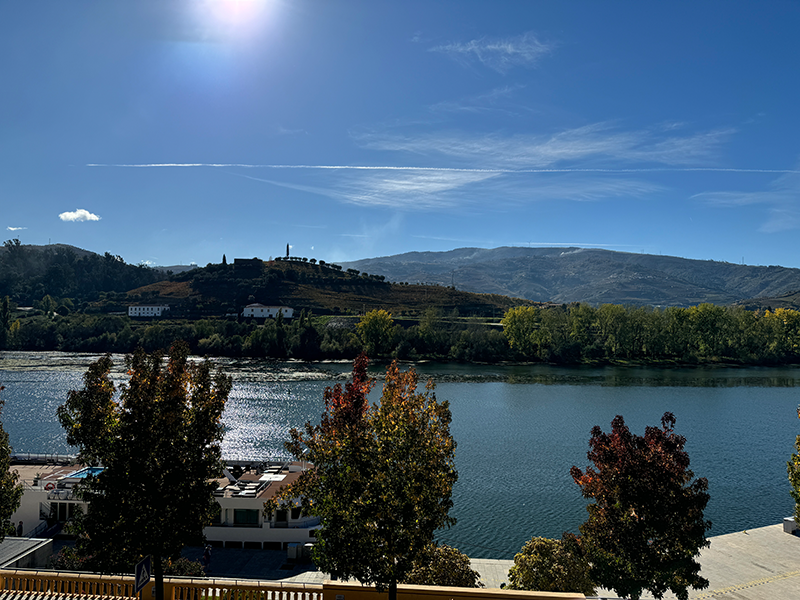
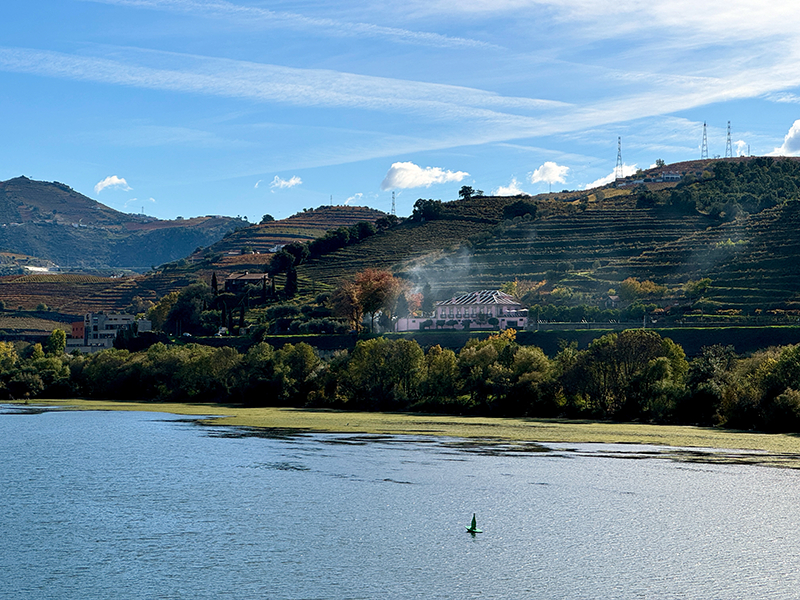

Pastelaria O Amaral
My last stop in Régua was the Pastelaria O Amaral, where I got orange chocolate cookies and two pastel de nata for under 2,50€. Sweet treats in hand I sat on a bench by the riverside to enjoy the view some more, before making my way back to the trainstation.
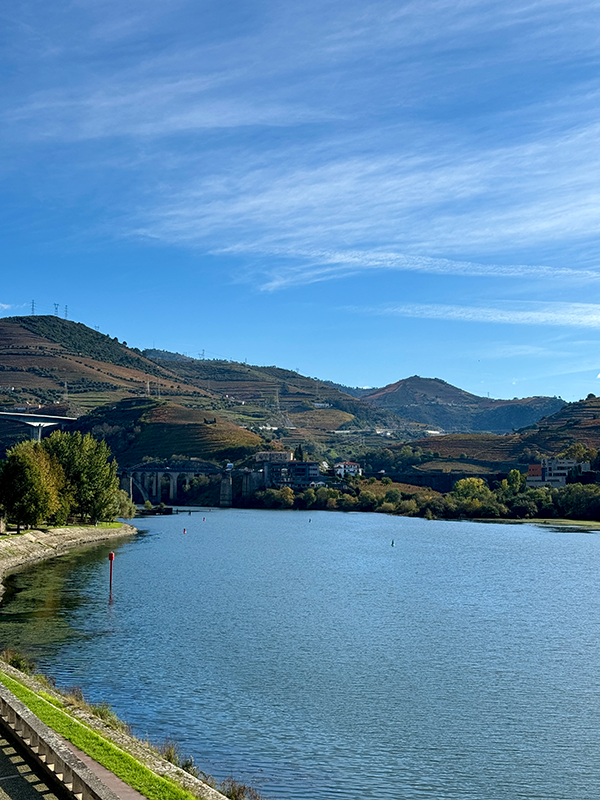
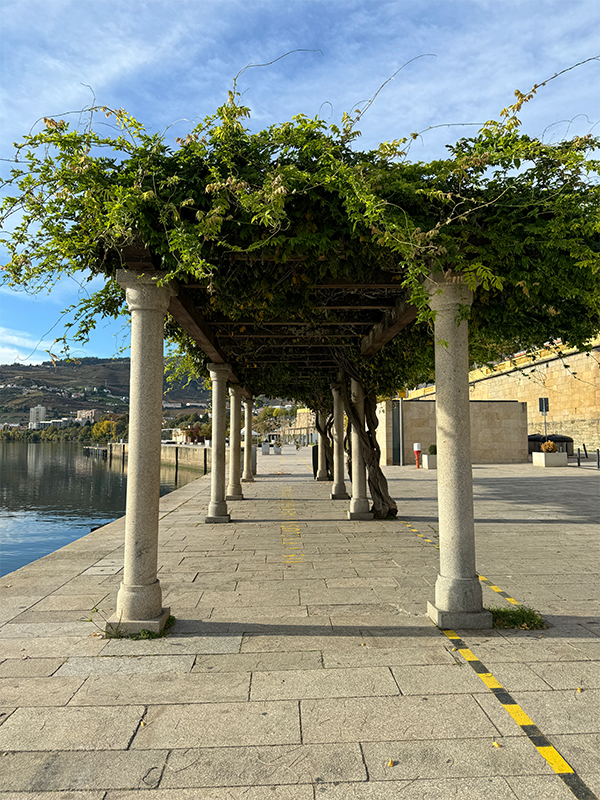
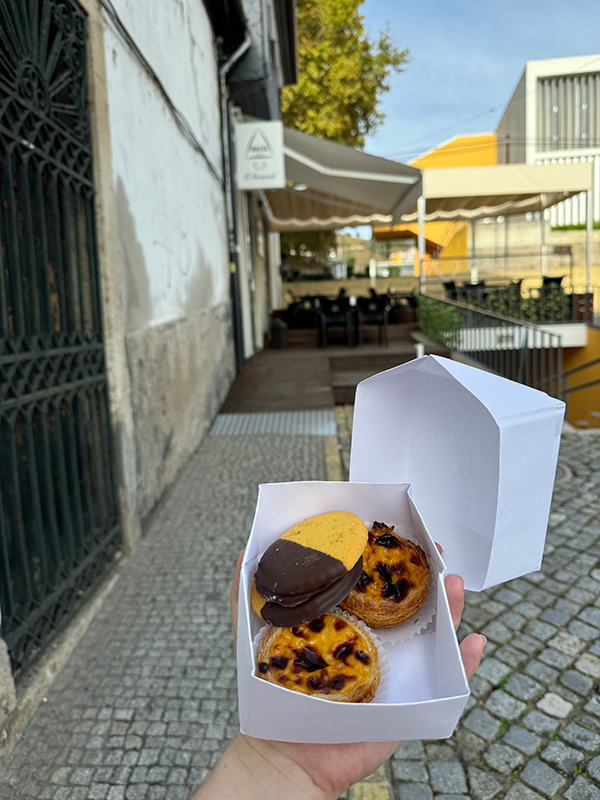
How to get from Porto to Régua?
You have different options to get from Porto to Régua in the Douro Valley:
- Rent a car – but then you will either miss out on trying the wine, or you don’t go by yourself and have a designated driver.
- Book a tour – I have linked three different ones down below.
- Take the train from Porto, it starts at the beautiful São Bento station and there are over ten train connections between the two towns every day.
You can check the connections on the Comboios de Portugal Website and even directly buy your tickets there in €! If you want to buy in £ or $ and not pay for currency conversion, check Omio.com*
Sit on the right side from Porto and on the left from Régua for the best views.
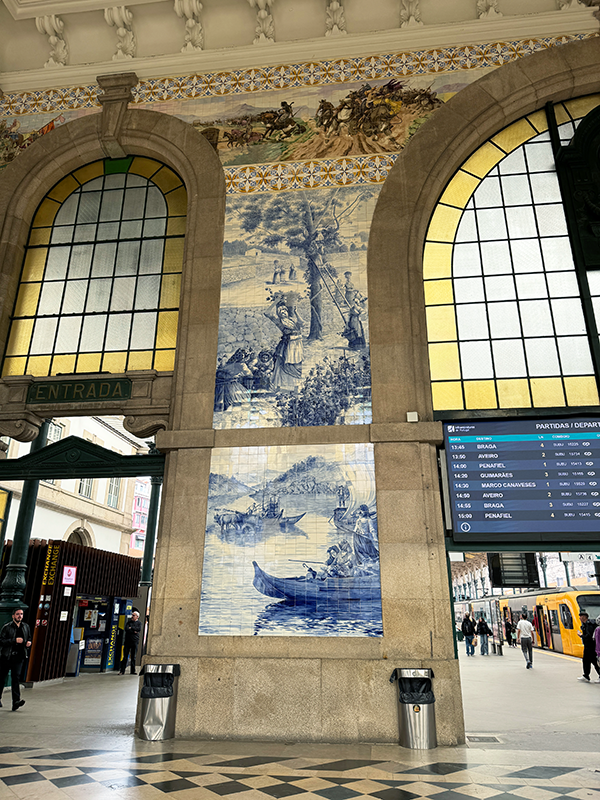
Where to park in Régua?
There is a free parking lot close to the Douro Museum called Parque de Estacionamento. I linked it on Google Maps.


